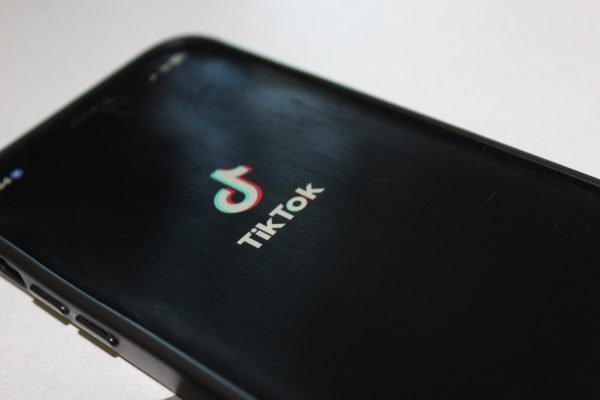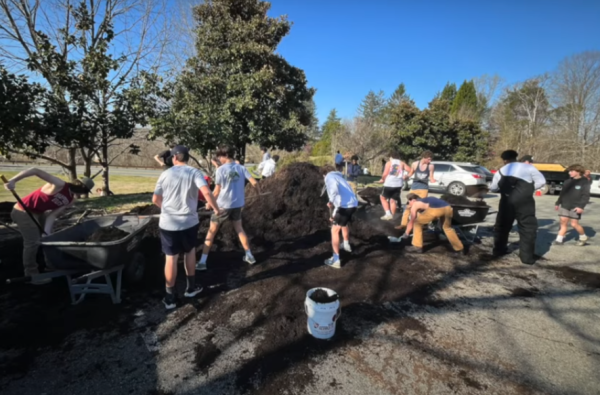The Great Change: Going Hybrid
Fluvanna students have been back at school for a few weeks now. However, much has changed.
In October, students were given the option to either remain virtual or become hybrid, meaning they would come to school twice a week, with A-K last names attending Mondays and Tuesdays and L-Z last names attending Thursdays and Fridays. With Covid restrictions in place, hybrid students must wear a mask at all times except for lunch and must maintain a 6-foot distance when possible. Desks in classrooms are spaced 6-feet apart and students are allowed to move in only one direction on each floor in a pattern some refer to as “a lazy river.”
So how are students and staff handling the partially in-person format? History teacher Mark Engel says the hardest part about teaching hybrid students is wearing a mask. “I tend to get excited and want to teach with emotion. Therefore, I am breathing the masks into my airways and it gets uncomfortable. Every opportunity to work from home is welcome,” he says.
Some other challenges Engel mentioned are managing a variety of different websites, assignments, and grading project-based assessments. However, he says some advantages are that fewer students tend to be less disruptive and get more work done.
Madison Fain is a junior and a hybrid student this semester. She likes the atmosphere of the classroom with fewer students because it is small, has fewer students, and is quieter. “At lunch, it’s really empty and it’s kind of freaky to see because I’m so used to seeing everybody crowded in there from previous years that when I go to lunch, I’m like ‘Whoa’,” she said. Fain also thinks that being in an environment designed for learning is a benefit. “At home, it’s so easy to get distracted but at school, it’s easier to focus,” Fain said.
Teacher Christine Kreitzman says one of the most difficult aspects of being a hybrid teacher is getting feedback on classwork. “It seems like by the time we go over the information and I give out an assignment, there isn’t much time left to go over the correct answers. That to me is the most important part of giving work. For the hybrid students, it is okay since they have extra time in the room. It is really the virtual kids who sign off and don’t do much work after that,” she said.
As for what she likes about having students back, Kreitzman says, “I love just seeing them and having more conversations. It’s also great to redirect a student so they continue to work. When they are home, they drop the link and I can’t get any more from them,” she said.






